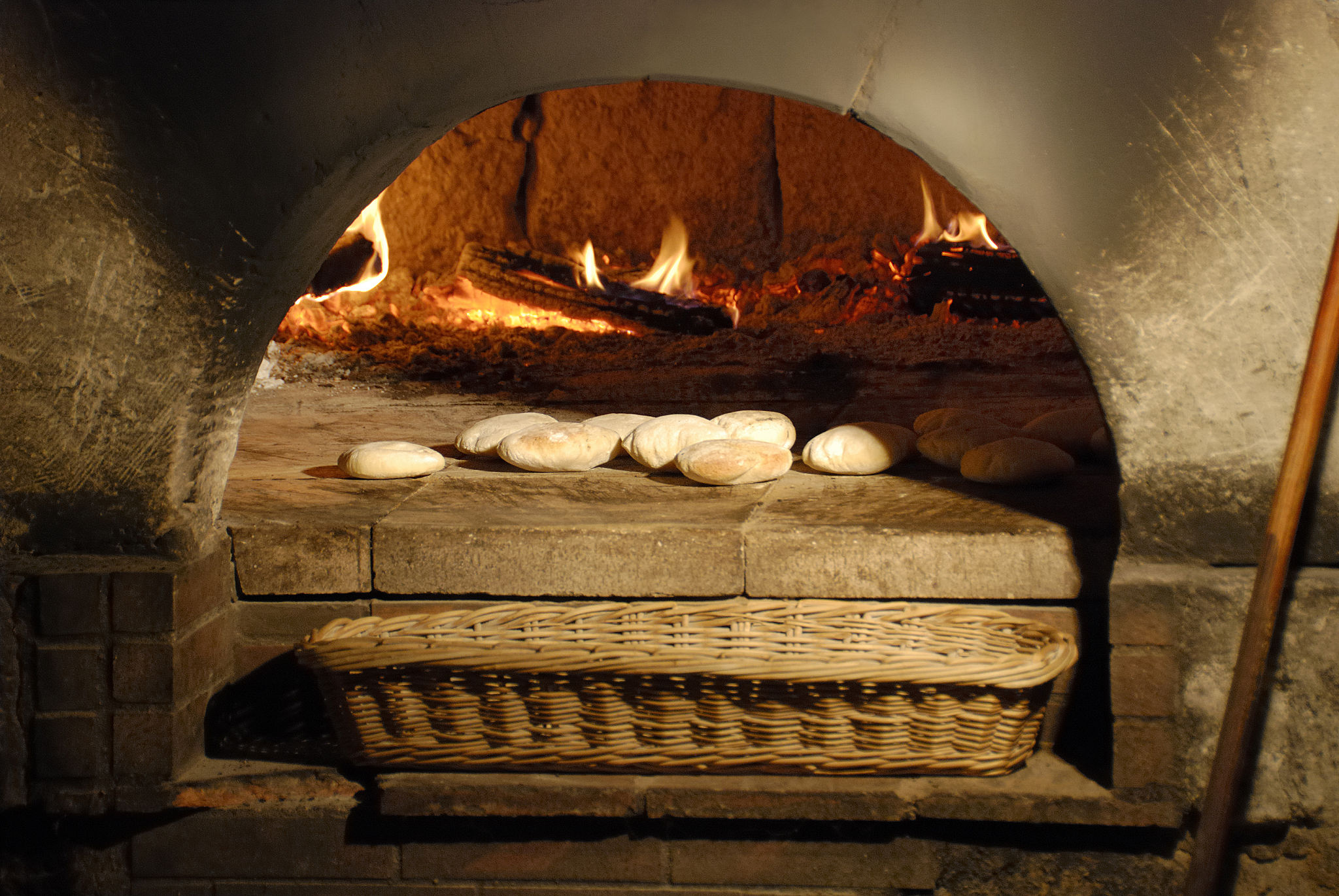Comparing Pizza Styles: What Makes Italian Pizza Stand Out?
The Art of Italian Pizza
When it comes to pizza, the world offers a deliciously diverse range of styles, each with its own unique characteristics. Among these, Italian pizza remains a timeless favorite, often celebrated for its simplicity and flavor. This post delves into what makes Italian pizza stand out from the rest, exploring its history, ingredients, and preparation methods.
Italian pizza is renowned for its thin, crisp crust. Unlike its thicker American counterpart, Italian pizzas are typically light and airy, allowing the flavors of the toppings to shine. This thin crust is achieved through the use of high-quality flour and a slow fermentation process that results in a perfectly chewy texture.

Traditional Ingredients
One of the defining aspects of Italian pizza is its use of fresh, high-quality ingredients. The most traditional variety, the Margherita, features a simple yet flavorful combination of tomatoes, mozzarella cheese, and fresh basil. The quality of these ingredients is crucial, as they are meant to be the stars of the dish.
Italian pizza also often includes other fresh toppings like prosciutto, arugula, and artichokes, all added thoughtfully to enhance rather than overwhelm the base flavors. The emphasis on authenticity and fresh produce is what gives Italian pizza its distinctive taste.

The Role of the Wood-Fired Oven
A key element that sets Italian pizza apart is the use of a wood-fired oven. These ovens reach extremely high temperatures, which helps to cook the pizza quickly and evenly. The result is a wonderfully crispy crust with a slight char that adds depth to the flavor profile.
The wood-fired method also imparts a subtle smokiness to the pizza, which is difficult to replicate with conventional ovens. This traditional cooking technique is as much a part of the Italian pizza experience as the ingredients themselves.

Regional Variations
Italy boasts several regional variations of pizza, each offering a unique spin on this classic dish. For example, Neapolitan pizza is famous for its soft, foldable crust and simple toppings. In contrast, Roman pizza features a much crispier base and often includes more creative toppings.
Other regional styles include Sicilian pizza, known for its thick crust and rectangular shape, and Calabrian pizza, which often incorporates spicy elements like 'nduja sausage. Exploring these variations can be a delightful journey through Italy's diverse culinary landscape.
Global Influence
Italian pizza has not only remained popular in its homeland but has also become a beloved staple worldwide. Its influence can be seen in many global adaptations that borrow elements from the traditional style while adding local flavors and ingredients.
Whether it's a classic Margherita or a modern twist with inventive toppings, the essence of Italian pizza continues to inspire chefs around the world. Its commitment to simplicity and flavor makes it an enduring favorite among pizza lovers everywhere.

Conclusion
In conclusion, Italian pizza stands out for its commitment to tradition, quality ingredients, and artisanal preparation methods. Its simplicity allows the true flavors of each ingredient to come through, creating a harmonious and satisfying dining experience.
Whether you're enjoying a slice in a bustling pizzeria in Naples or savoring a homemade version at your kitchen table, Italian pizza offers a taste of authenticity that is hard to match. Its enduring appeal lies in its ability to bring people together over a shared love for good food.
